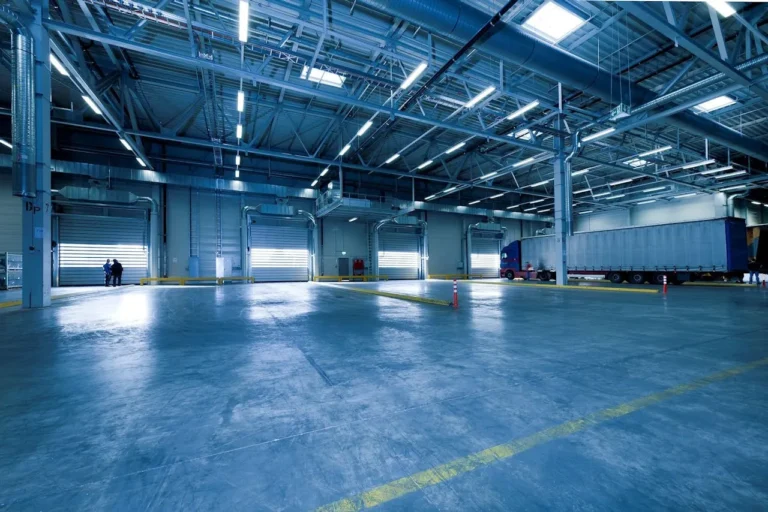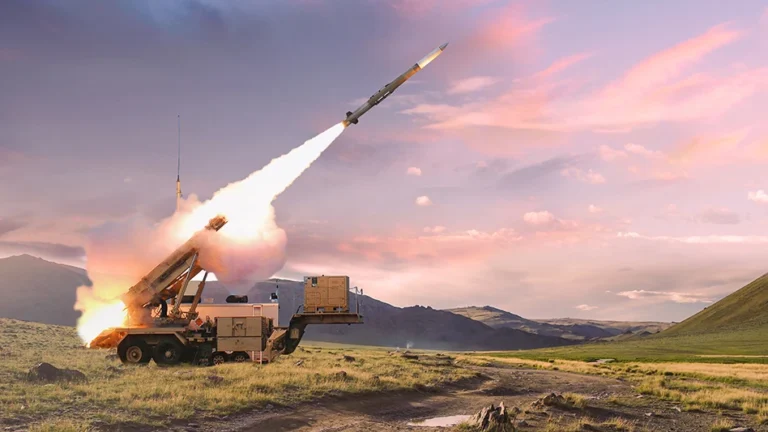
GM Unveils Futuristic California Corvette Concept with SoCal Influence
General Motors (GM) has pulled the wraps off its second Chevrolet Corvette design study slated for debut in 2025. Dubbed the California Corvette Concept, this striking new interpretation of the legendary nameplate was developed by GM’s Advanced Design Studio located in Pasadena, California. The concept is part of a larger, global initiative to explore and redefine what the Corvette can represent in the future — both aesthetically and technologically.
Conceived as a design study rather than a production-intent vehicle, the California Corvette Concept channels the bold, vibrant spirit of Southern California. It merges Corvette’s storied performance lineage with an innovative, forward-thinking design language shaped by the local culture and global design outlook.
A Bold Vision from GM’s Pasadena Team
The California Corvette is the second of three hypercar-inspired Corvette concepts GM plans to showcase in 2025. The first design, unveiled earlier this year by GM’s UK-based studio, set the tone for radical reinterpretation. Now, the Pasadena team has delivered a complementary concept that expands on the theme by fusing traditional Corvette DNA with a distinctly Californian and futuristic sensibility.
“Our Advanced Design teams are dedicated to shaping the future, driving innovation, and exploring what’s possible,” said Bryan Nesbitt, GM’s vice president of global design. “The California Corvette concept is another example of forward-thinking design. We invited multiple GM studios to envision Corvette-inspired hypercars — the first of which was revealed by our UK studio in March. The California team has now delivered a complementary study that honors Corvette’s legendary performance while infusing it with their own distinctive vision.”
The Pasadena studio treated the project as an open canvas — unrestrained by production limitations or commercial feasibility. This freedom allowed the design team to fully lean into creativity, resulting in a unique hypercar that remains unmistakably Corvette at its core, yet radically reimagined for a new era.
Southern California Design with Global Intent
For nearly a century, Southern California has been at the epicenter of automotive and design culture. GM itself has maintained a design presence in the region for nearly 40 years, reinforcing its commitment to the creative spirit that flourishes there. According to Brian Smith, design director at GM Advanced Design Pasadena, the California Corvette was intentionally shaped through a SoCal design lens while also looking ahead with a global and futuristic mindset.
“Duality of purpose is the basis of this concept’s design strategy,” said Smith. “The defining design aspect is the single-piece, front-hinged canopy that enables the entire upper shell to be removed. This transforms the concept from an agile, slick sports car into a lightweight, open-air track car.”
The canopy mechanism, reminiscent of a fighter jet, allows for a radical transformation in the car’s form and function. When closed, the hypercar presents a low, sleek silhouette with tightly sculpted surfaces. When opened, it evolves into an open-cockpit track machine, emphasizing minimal weight and maximum driver engagement.
Design and Technical Highlights
The California Corvette Concept is a one-of-a-kind hypercar that fuses iconic Corvette heritage with avant-garde engineering and design. Its dramatic proportions feature a wide stance at the wheels with a narrow, tapered cabin and cockpit, drawing inspiration from classic Corvette form language while exploring new extremes in proportion and aerodynamics.
Inside, the focus remains intensely on the driver. The minimalist cockpit integrates performance-centric displays and structural elements, while an advanced augmented-reality heads-up display (HUD) provides crucial driving data in high-performance scenarios. The emphasis is on eliminating distractions and delivering a pure driving experience.
Here are some of the concept’s technical highlights and assumed specifications:
- Body Structure:
- Lightweight carbon-fiber tub with tunneled underbody design
- Active aerodynamic components including a deployable spoiler and air brake
- Large, staggered wheel setup: 21-inch wheels at the front, 22-inch at the rear
- Powertrain Assumptions:
- T-shaped prismatic battery pack, allowing for low seating position and optimized airflow management
- Electrification is presumed, aligning with GM’s broader transition toward electric mobility across its performance and mainstream lineups
Although no official details about the drivetrain were disclosed, the concept’s structure and packaging suggest a high-performance electric setup designed to deliver both on-road and track-ready dynamics.
GM Pasadena: A Creative Powerhouse
The California Corvette was developed at GM’s sprawling Pasadena facility, a 148,000-square-foot design hub comprising three buildings and housing around 130 employees. The studio supports a wide range of disciplines, including design, creative development, operations, fabrication, sculpting, and modeling. The facility plays a crucial role within GM’s global design ecosystem, which spans additional studios in Detroit, Seoul, Shanghai, the United Kingdom, and Los Angeles.
This latest concept underscores GM’s ongoing investment in design leadership and innovation. The California Corvette Concept is not just an artistic exercise — it’s a testament to the Corvette’s enduring influence on automotive design and a glimpse into a possible electric, high-performance future.
While it remains a pure design study with no plans for production, the concept continues Corvette’s historical tradition of pushing boundaries, inspiring enthusiasts, and challenging preconceptions of what American performance can look like in the decades to come.




